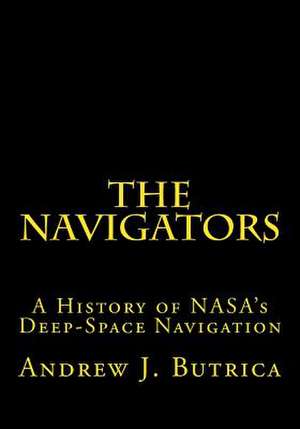The Navigators
Autor Dr Andrew J. Butricaen Limba Engleză Paperback
Preț: 160.06 lei
Nou
Puncte Express: 240
Preț estimativ în valută:
30.63€ • 32.15$ • 25.42£
30.63€ • 32.15$ • 25.42£
Carte tipărită la comandă
Livrare economică 10-24 aprilie
Preluare comenzi: 021 569.72.76
Specificații
ISBN-13: 9781492777830
ISBN-10: 1492777838
Pagini: 380
Dimensiuni: 178 x 254 x 20 mm
Greutate: 0.66 kg
Editura: CREATESPACE
ISBN-10: 1492777838
Pagini: 380
Dimensiuni: 178 x 254 x 20 mm
Greutate: 0.66 kg
Editura: CREATESPACE
